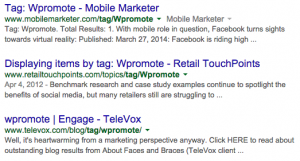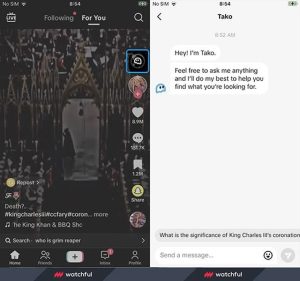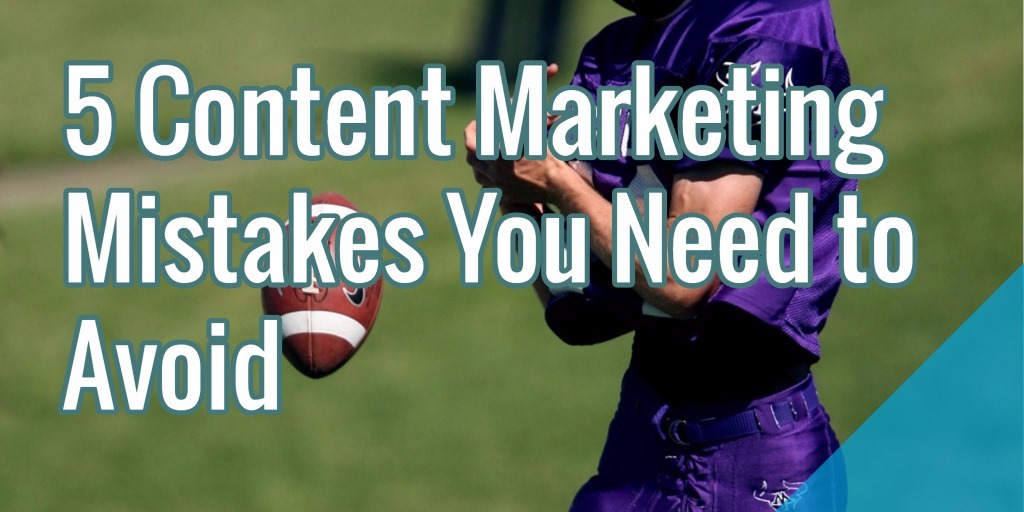
As a content marketing consultant, I get a lot of questions by companies that want to know what they do wrong with their content marketing efforts.
After all, 70% of marketers lack a consistent or integrated content strategy for a reason.
After working with many companies, I have found there are a series of mistakes they always make.
In this article, I would like to show you the 5 most common mistakes companies do with their content marketing efforts, and how you can avoid them.
Mistake #1: Not Creating Customer Personas
Before you even being with your content marketing, you need to know who you are talking to. You can’t just create content for the sake of it and write about something you want to. Any piece of content you create has to have a target audience, that is, a group of people that share a few commonalities.
This target audience is best structured by using a marketing technique called “customer personas”. This technique consists in creating fictional, generalized representations of your ideal customers. With this personas, you can discover what problems and needs your audience have, which makes the content creation much easier and effective.
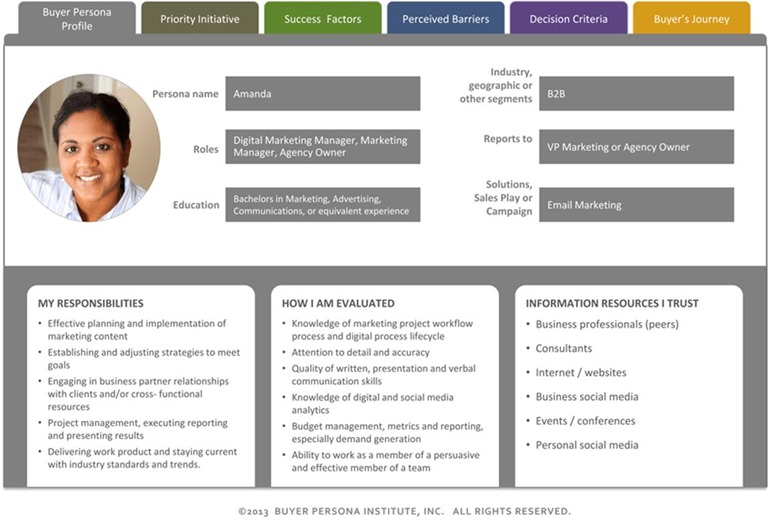
For example, if you sell sales SaaS software, your audience are salesmen. But inside this broad target audience, there are different segments that differ from each other. By creating personas, you can separate sales managers from sales executives, junior salesmen from experienced salesmen, salesmen that work in the tech industry from the ones that work in the finance industry, and so on.
By segmenting your audience with your customer personas, you can see not everybody has the same problems and needs. Using the previous example, you can discover that sales managers may not have enough time to manage their team, whereas junior salesmen may don’t know how to deal with rejection.
With these different personas, you can create more targeted, effective, and engaging content for your audience.
In order to create those customer personas, you need to start researching both on your current customers, and the ones that will benefit the most from your solution, whether it’s SaaS software, apps, or services.
Mistake #2: Not Using A Reader-friendly Structure
It’s a fact: people don’t read online, they scan.
In 2013, analytics vendor Chartbeat analyzed Slate and other websites and found that most visitors scroll through about only 50-60% of an article page. On another study, a Jakob Nielsen’s eye-tracking study from 2008 indicated that less than 20% of the text content is actually read on an average web page.
I know this sounds awful and makes you want to give up on your content marketing efforts. But don’t panic, there’s a solution: create content optimize for the web.
You don’t have to use complicated software to do so, you only need to follow certain rules of thumb that will help your readers scan as much as they want while absorbing the content you offer.
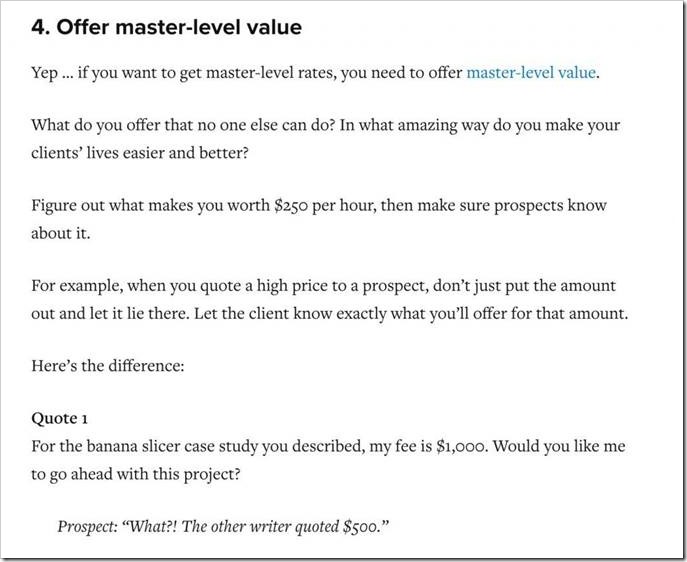
Copyblogger is a great example of a blog that uses formatting the right way, like in this screenshot
The main elements of a reader-friendly content structure you should use on your content are:
- Headings, from H1 to H6 (this is HTML code).
- Magnetic headlines and sub-headlines.
- Short paragraphs, no longer than 5 or 6 sentences.
- Bullet points.
- Images.
- Bold and italics.
The job of all these elements is one: to make it easy for people to consume your content. If you can do that, your content will get the attention it deserves, and therefore, the results you want.
Mistake #3: Pushing People To A Signup (Paid Or Free)
Content marketing isn’t the same as selling. Like any other type of marketing, the goal of content marketing is to attract, persuade, and convert your readers to do what you want them to do, one step at the time. The ultimate goal is a sale, but that’s not the first thing you should have in mind.
A customer journey from not being aware your company exists to being a customer goes something like this:
- First, you attract a customer with a headline that makes them want to know more about your content.
- Then, they scan (and hopefully, read) your content.
- If they like your content because of its usefulness, they share it with their friends.
- Once they become familiar with your content, they subscribe to your newsletter, because they want to keep reading about your content (they don’t care about what you offer yet).
- After they sign up, you keep sending them useful content to their inbox, while also sending them more “focused” content (i.e. content with a clearer intention of purchase).
- They realize you can help them with their problems, so they start researching about your company’s offerings.
- They sign up for your paid services.
This is a long journey, and that’s how it’s meant to be. It can be more complicated or simpler than this, depending on your industry and your company’s offer. Either way, you can’t expect to push people to become customers of yours right away.
It will take time, but as it goes with life, if you put one step at the time (and don’t make the mistakes laid out in this article), you will get people to pay for your products and services.
Mistake #4: Creating Generic Content
In the third step of the previous mistake, I said once people visit your blog’s to consume your content, they may share it if they find that your content is useful.
The importance of the usefulness of your content can’t be minimized. You can’t expect people to care about what you have to say if what they find is content that doesn’t make their lives better in any way. You first have to give value to receive something back (whether that is a social share, an email signup, or a sale).
The only way to “give value” to your customers is through high-quality content.
If you follow the advice given in the three previous sections, your content will already be high-quality. That is, if you know who you are creating the content for, if you make it easy to read and scan, and don’t push the readers into doing something they don’t want to do, your content will likely to stand out from the rest.
However, that’s not enough. You need to know how to find, organize, and present useful information in a way your customers will enjoy consuming. In order to do so, follow the next steps:
- Find a topic for your content, which should solve a problem or tap a need for your target audience (remember the first mistake).
- Define what specific topic you are going to talk about.
- Find a unique angle for your content. The best way to do so is by doing some competitor analysis. Look for something that no one talks about, but should. That’s your angle.
- Choose the type of content you are going to use, whether it’s an article, an ebook, a white paper, a webinar, etc. For the sake of this example, let’s say you picked an article.
- Start researching on the topic. Find data to back up your angle.
- Develop an outline, which should lay out the structure of the article.
- Start developing the content. Don’t leave anything behind, just write until you don’t have anything else to say. Content length should be at least 1000 words, although 2000-3000 word articles tend to get better results.
- Edit the article. Trim the parts that are unnecessary, and embellish the ones that need a retouch.
- Publish the article, and promote it through social media, influencer outreach, and email marketing.
That’s a quick overall list of tasks you need to implement to create high-quality content for your company’s blog. Similarly to what I mentioned with the previous mistake, the content creation process is complex and takes time. Take your time, follow the steps, and focus on giving value to your customers.
Mistake #5: Not Adding Images And Graphics
There’s nothing sadder than reading an article that doesn’t feature at least one image. It’s not for aesthetic reasons, but for pedagogical ones.
You see, people learn in different ways. There are around 71 models that try to explain how people learn anything, theories as complex and theoretical as you can imagine. But from all these theories, there’s one that I like to refer to: the Neil Fleming’s VAK/VARK model.
This model separates the different ways people learn in four different ways:
- Visual learning
- Auditory learning
- Read/write learning
- Kinesthetic learning
As you can see, one of these types of learnings is visual, while another one is “read/write”. If you use only the latter, you are leaving many people behind.
(You could also add an audio version of your articles, like Jon Loomer does. But I can imagine that’s not so easy to implement.)
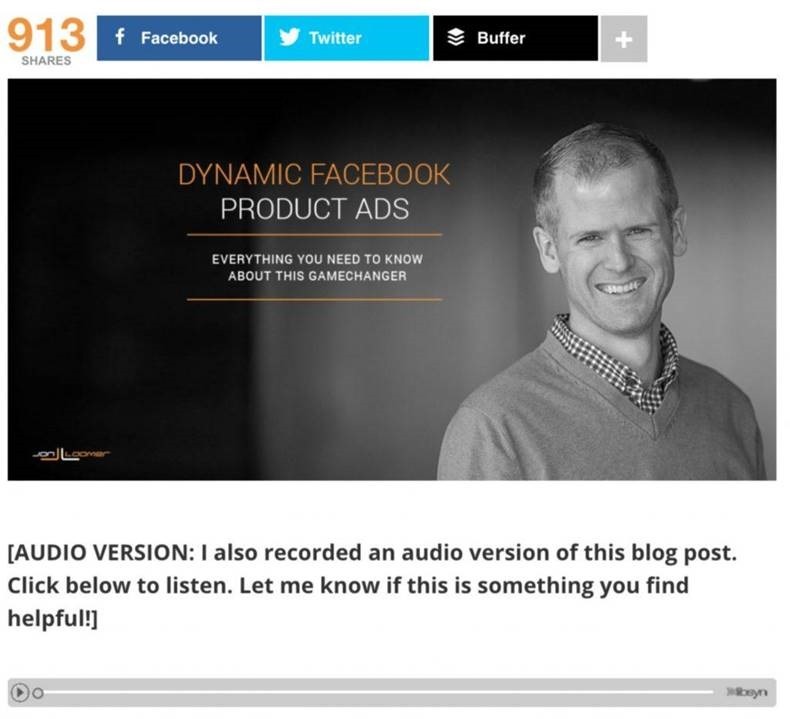
Good example of using visuals
In other words, you can’t develop content without using images. That’s why you need to add as many relevant images as you can in your content. This also includes graphics and even videos.
According to a study done by one of the greatest copywriters of all time, David Ogilvy, there are four things you need to know when using images and graphics for your content:
- The placement of an image matters. When an image is placed above a headline, the latter ends up being read by 10% more people than when it’s placed below an image. This means you should put your images above your headlines to increase the readership.
- Never break the left margin with your images. People from the western hemisphere like to leave the left margin as an anchor, which helps us have a consistent reading experience. Otherwise, our eye path is interrupted, making it harder to concentrate on the text in hand. Because of this, you should always place your images on the right margin of the page.
- Always use relevant images. This goes without saying, but using images that aren’t directly related to the text’s content makes the reading experience harder. Don’t add images for the sake of them, they should always serve a purpose.
- Captions are read four times more than the body copy. Captions under images are read on average 3x more than the body copy. As a consequence, you should always add a caption to every image.
It goes without saying that using images for the sake of it if it’s not necessary nor useful. If you see this article, you will see I didn’t use that many images, not because I didn’t want, rather because I didn’t want to annoy you, nor I had a reason to use one. You should do the same with your content.

Example of image use on Search Engine People’s blog
Closing Thoughts
As a content marketing consultant, I understand implementing content marketing the right way isn’t easy for many companies. You will make mistakes, and that’s fine.
But if you follow the tips and steps that were shown to you in this article, you will be a step ahead of your competitors. Not only that, but you will be doing a favor to your customers. And by doing so, you will have a much easier time getting leads, acquiring more customers, and increasing your profits.
What mistakes that I mentioned in this article have you ever done? Share your experiences in the comments below!
* Adapted lead image: Public Domain, pixabay.com via getstencil.com
5 Content Marketing Mistakes You Need to Avoid
The post 5 Content Marketing Mistakes You Need to Avoid appeared first on Search Engine People Blog.
(72)
Report Post



